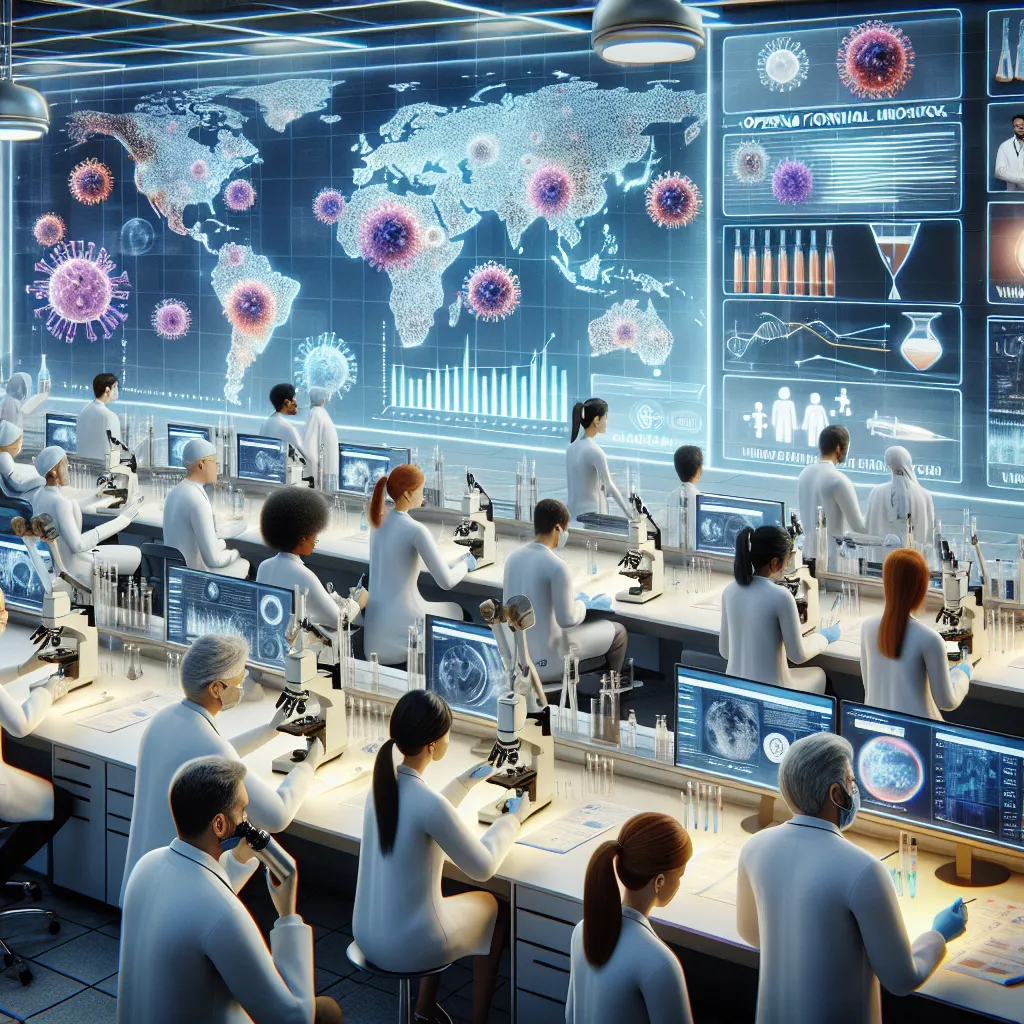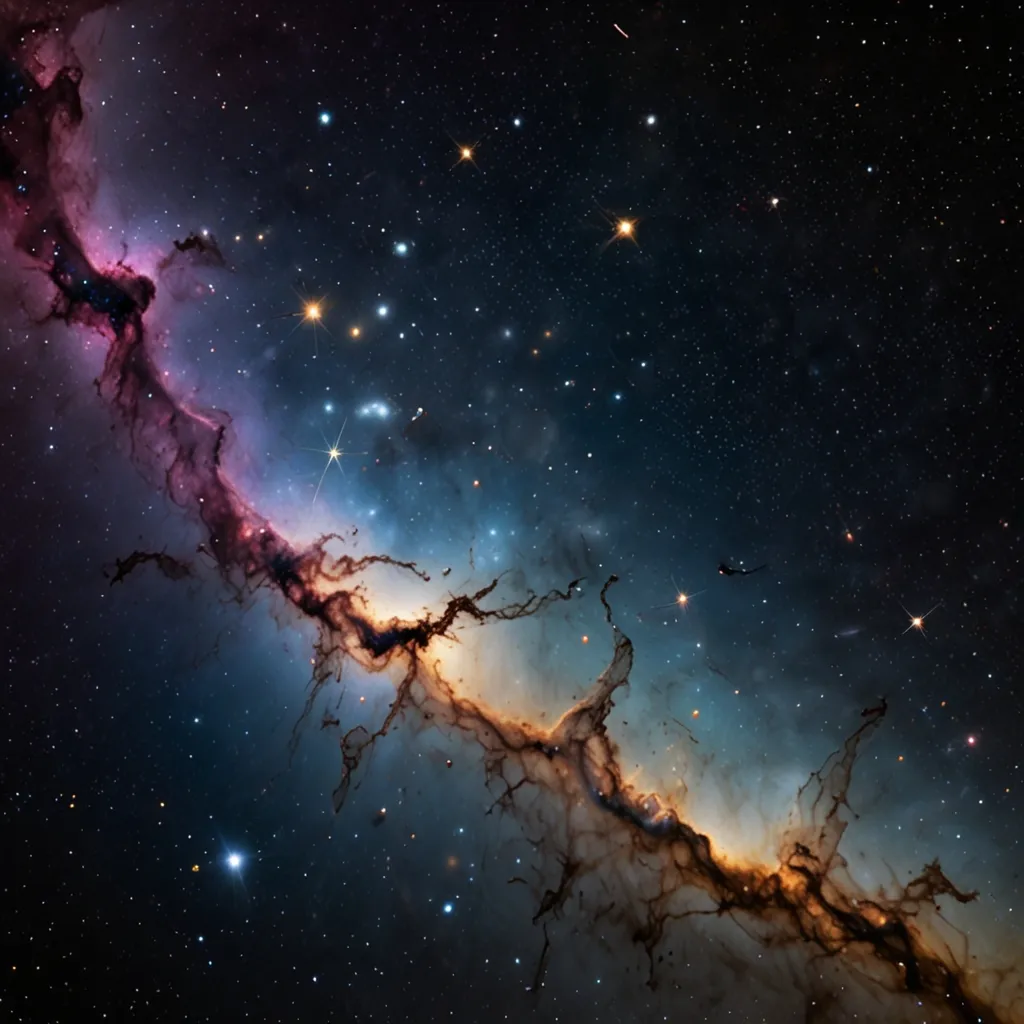When a new pathogen shows up, it leaves both our bodies and healthcare systems exposed. In these times, the need for a vaccine becomes critical to achieve widespread immunity and limit fatalities. So, how fast can we create vaccines during urgent situations?
The vaccine development process is generally divided into three phases. In the exploratory phase, scientists test various methods to design safe and replicable vaccines. Once they’re cleared in the lab, these vaccines go through clinical testing. During this stage, they’re checked for safety, effectiveness, and potential side effects across different populations. Finally, in the manufacturing phase, the vaccines are produced and distributed for public use.
Under normal conditions, this process can take about 15 to 20 years. However, during a pandemic, researchers push hard to fast-track these stages. Exploratory research is quite flexible. Its purpose is to safely introduce the immune system to the pathogen, allowing the body to create antibodies to fight a real infection. There are multiple methods to trigger this immune response, but the most effective designs often take the longest to produce.
Traditional vaccines, which use weakened viral strains, offer long-lasting immunity but require extensive time to cultivate. On the other hand, inactivated vaccines use heat, acid, or radiation to weaken the pathogen quickly. Sub-unit vaccines, injecting harmless virus fragments, can also be fast-tracked. However, these quicker techniques generally result in less robust immunity.
No single approach works for every situation, so simultaneous efforts across different labs help speed things up. This strategy enabled the first testable Zika vaccine in 7 months, and the initial COVID-19 vaccine in just 42 days. Being testable, however, doesn’t mean these vaccines will succeed immediately. If deemed safe and replicable, they move into clinical testing while other models continue development.
Clinical testing is typically the longest and most unpredictable phase. It consists of three main phases. Phase I trials focus on the immune response and establish if the vaccine is safe and effective. Phase II determines the right dosage and delivery method across a wider group. Phase III checks safety across the primary target population and identifies any rare side effects.
Speeding up clinical testing is tricky due to its variables and emphasis on long-term safety. In extreme cases, researchers run multiple trials simultaneously within one phase but must still meet strict safety criteria before moving forward. Sometimes, they leverage previously approved treatments to expedite the process. Researchers adapted the seasonal flu vaccine to treat H1N1 in just six months back in 2009, but this is only possible with familiar pathogens.
After successful Phase III trials, national regulatory authorities review the results and approve vaccines for manufacturing. Each vaccine has a unique mix of biological and chemical components, requiring a tailored production pipeline. To begin production immediately after approval, manufacturing plans need to be developed alongside research and testing. This requires constant coordination between labs and manufacturers and the flexibility to adapt to changes, even if it means scrapping months of work.
In the future, advancements in exploratory research and manufacturing could accelerate this process. Preliminary studies suggest that DNA and mRNA-based vaccines might allow researchers to swap genetic material between viruses, speeding up all three stages of vaccine production. Until then, the best approach is global collaboration. By sharing knowledge and resources, scientists can tackle any pathogen more efficiently.






